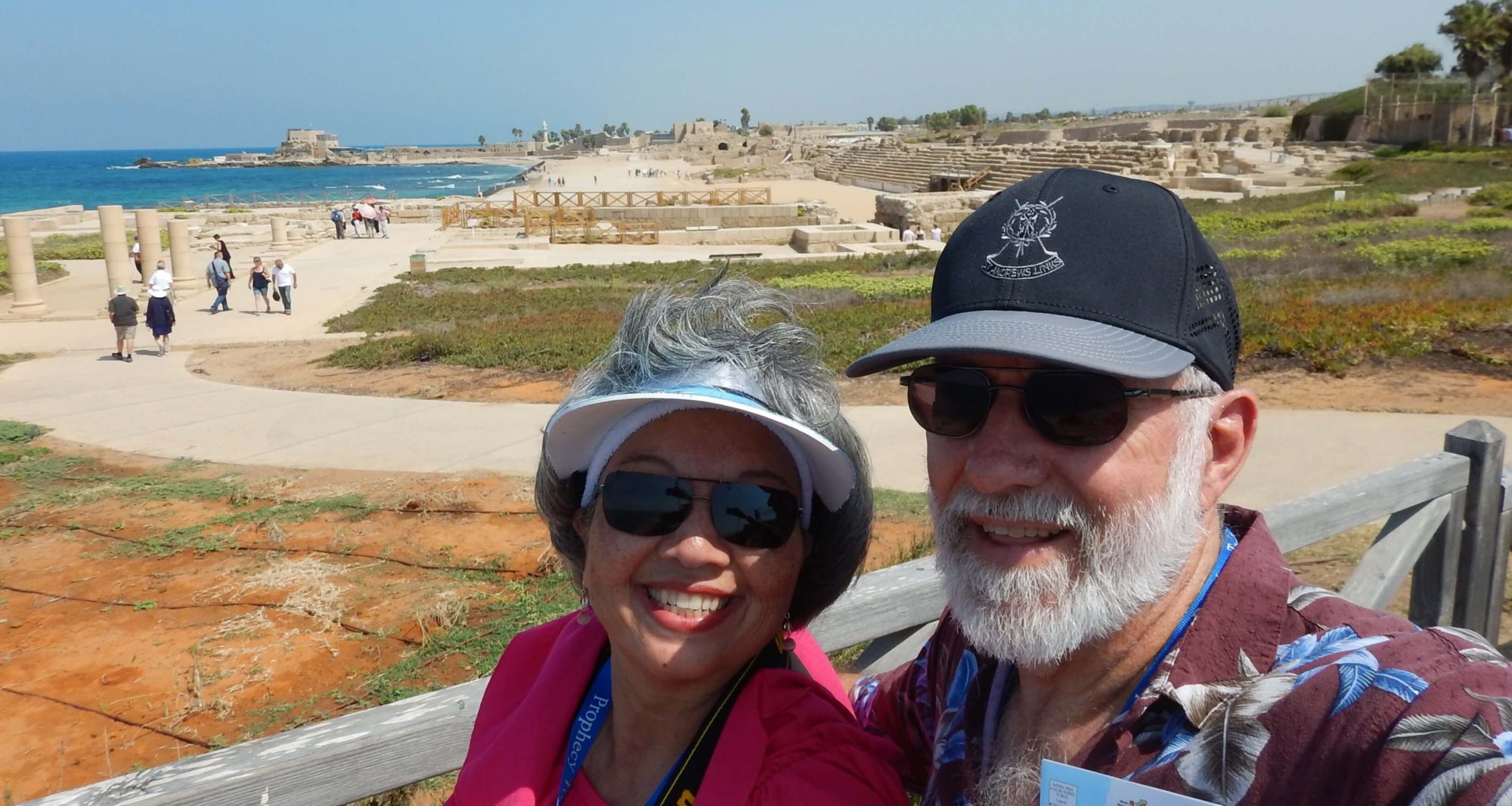“Let them give glory unto the LORD, and declare his praise in the islands.” Isaiah 42:12
Have you ever wondered where the Azores are? The Azorean islands are an archipelago about 800 miles west of Lisbon, Portugal, and they are composed of nine different islands. Mainly volcanic rock, the soil is very fertile, and the Azores are known for growing tea and tobacco. The Azores have the only commercial tea plantation in Europe. They also cultivate pineapples in greenhouses here, and they are known for their pineapple liqueurs. Most of the coastline of these Portuguese-owned islands is composed of volcanic lava. Geothermal energy is the primary source of energy, followed by wind, water, and lastly fossil fuel. 60% of their energy is renewable.
We arrived at São Miguel, the largest island in the archipelago, in its harbor Ponta Delgado.

Cows are plentiful, and dairy products are the primary industry of their economy.

Faljã de Baixo
This region is the pineapple growing center. Greenhouses are throughout the city, and they are used because the Azores do not have a tropical climate, but rather a sub-tropical one, therefore it is not hot enough to grow the pineapples in fields. The pineapples grow on bushes and take about 2 years to grow to maturity. They are grown in stages in different greenhouses, including a “smoking” phase that shocks the plant into fruit production, so harvesting occurs at the same time for all of the plants.

Ribeira Grande
This city is located on the opposite side of the island from where we docked. This church, “Our Lady of the Star,” is the main church in Ribeira Grande. 95% of the Azoreans are Catholic.

The Azores was our first stop after crossing the Atlantic. The weather was great, and the seas were smooth throughout the crossing. Our next stop will be Madeira, another Portuguese island.
